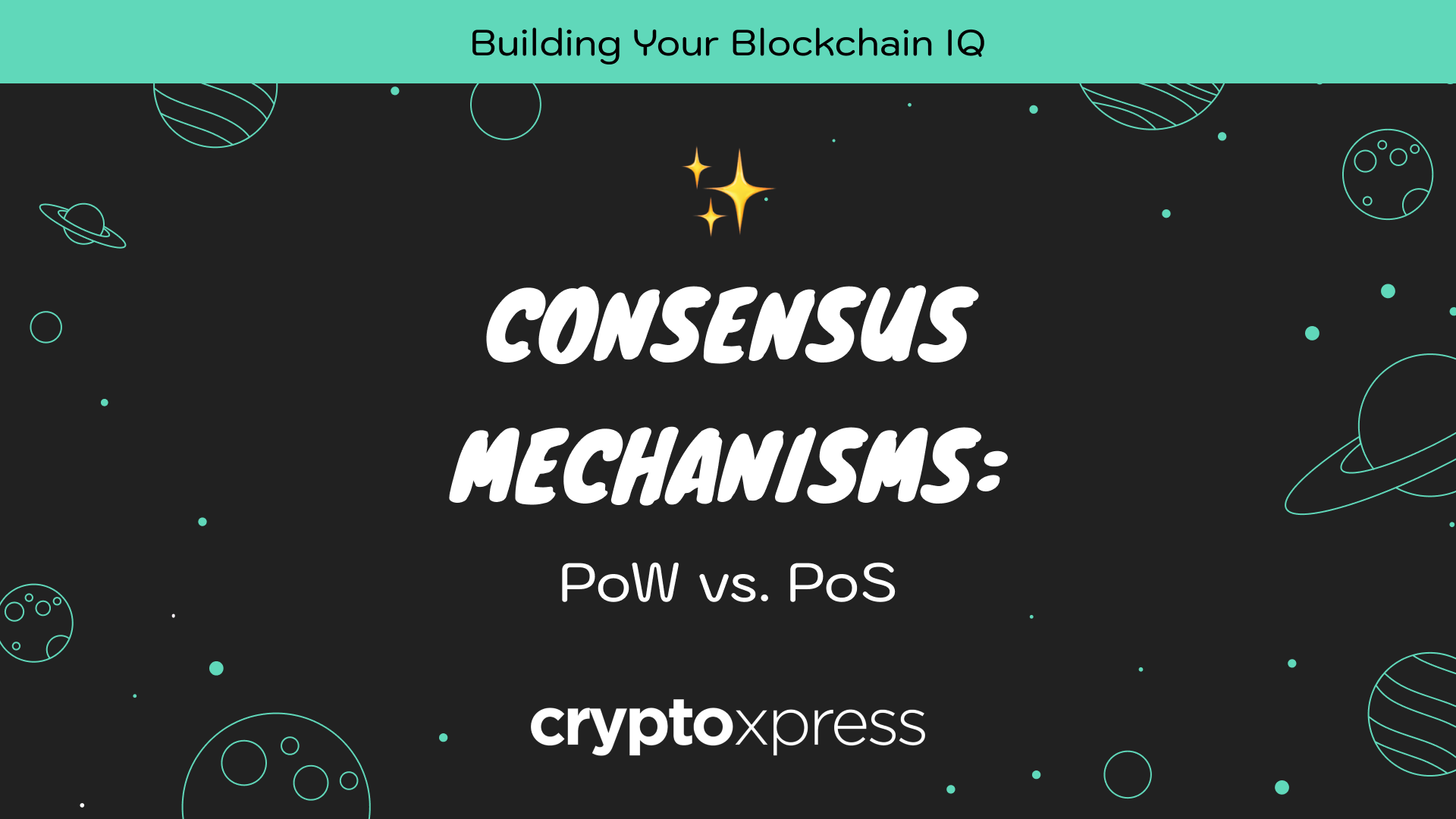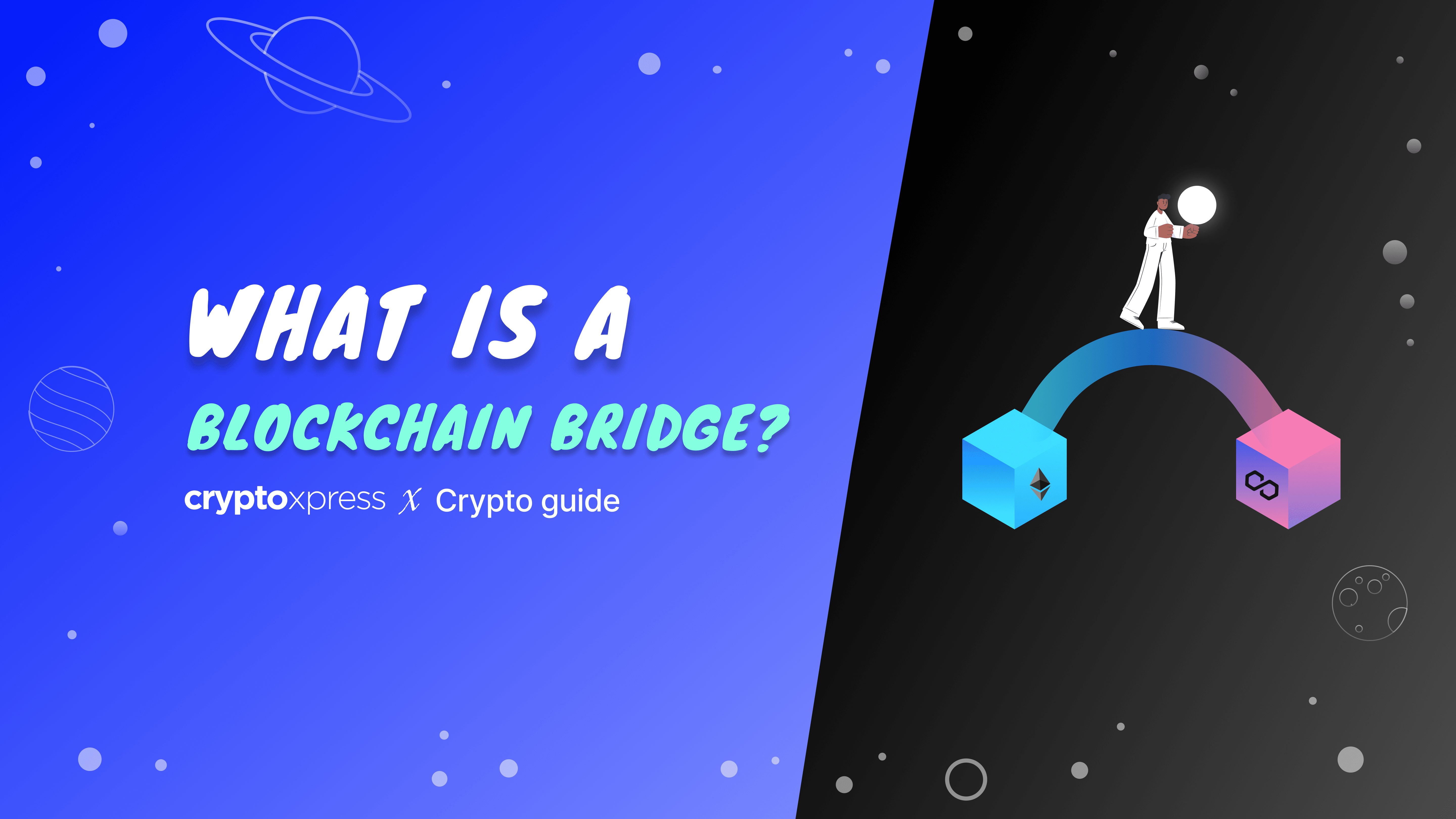TL;DR
Blockchain relies on consensus mechanisms like Proof of Work (PoW) and Proof of Stake (PoS) to validate transactions and maintain security. PoW uses computational power, while PoS relies on staked crypto assets. Each has its advantages, challenges, and unique use cases. Read on to discover how these mechanisms work and their significance in the blockchain ecosystem.
Consensus Mechanisms: PoW vs. PoS
In the world of blockchain, consensus mechanisms are the unsung heroes ensuring data accuracy, security, and decentralization. Two of the most prominent methods are Proof of Work (PoW) and Proof of Stake (PoS). If you’ve ever wondered how blockchains stay tamper-proof while running without a central authority, these mechanisms are the answer.
Let’s dive into how PoW and PoS work, their strengths and weaknesses, and why they matter to the future of blockchain.
Proof of Work (PoW): The Trailblazer
PoW is the original consensus mechanism that powers major blockchains like Bitcoin. Think of it as a digital race where participants, known as miners, compete to solve complex mathematical puzzles. The first to solve the puzzle gets to add a new block of transactions to the blockchain and earns a reward.
How It Works:
- Transactions are grouped into a block.
- Miners compete to solve a cryptographic problem.
- The first miner to solve it broadcasts the solution.
- Other nodes verify the solution, and the block is added to the chain.
Advantages:
- Security: The high computational power required makes attacks like double-spending infeasible.
- Proven Track Record: PoW has demonstrated reliability over years of use.
Challenges:
- Energy Consumption: Mining demands significant electricity, raising environmental concerns.
- Scalability: As transaction volumes grow, the network can become congested.
Proof of Stake (PoS): The Challenger
PoS takes a different approach by replacing miners with validators. Instead of using raw computational power, validators “stake” their cryptocurrency as collateral. The network randomly selects a validator to create a new block, with the likelihood of selection proportional to their stake.
How It Works:
- Validators lock up a certain amount of cryptocurrency.
- The system selects a validator to propose the next block.
- Other validators confirm the block’s validity.
- Validators earn rewards for their participation.
Advantages:
- Energy Efficiency: PoS dramatically reduces energy consumption compared to PoW.
- Scalability: PoS networks can handle more transactions with faster confirmation times.
Challenges:
- Centralization Risks: Wealthier participants with larger stakes have more influence.
- Complexity: Implementing PoS systems is technically challenging and requires robust security measures.
PoW vs. PoS: Key Differences
| Feature | Proof of Work (PoW) | Proof of Stake (PoS) |
|---|---|---|
| Energy Usage | High | Low |
| Security | Highly Secure | Secure but Wealth-Centric |
| Hardware Requirement | Specialized Mining Equipment | Standard Computer |
| Transaction Speed | Slower | Faster |
| Environmental Impact | Significant | Minimal |
Why It Matters
Understanding PoW and PoS isn’t just a technical curiosity—it’s essential for anyone involved in crypto. These mechanisms determine how transactions are validated, how secure a blockchain is, and how sustainable it can be in the long run.
While PoW has a solid track record of security, its environmental footprint has pushed the industry toward PoS, which offers a more energy-efficient alternative. Networks like Ethereum’s recent shift to PoS (known as “The Merge”) highlight this growing trend.
Which One is Better?
There’s no one-size-fits-all answer. PoW excels in scenarios where security is paramount, such as Bitcoin’s role as a store of value. PoS, on the other hand, is better suited for platforms emphasizing scalability and sustainability, like Ethereum 2.0.
Both systems have their place in the blockchain ecosystem, and future innovations might even combine elements of both.
Blockchain’s brilliance lies in its ability to function without centralized oversight, and consensus mechanisms are the backbone of this innovation. Whether you’re a developer, investor, or curious enthusiast, understanding PoW and PoS is key to grasping the technology’s potential.
Curious to learn more about blockchain and its applications? Discover how CryptoXpress is making crypto and blockchain more accessible for everyone. Learn more now.
About CryptoXpress
CryptoXpress is on a mission to democratize and simplify financial services for the modern generation. Founded in 2018 by a team of global blockchain, design, and finance experts, CryptoXpress offers a seamless mobile app that bridges the gap between cryptocurrency and everyday life. With an intuitive user experience, the app allows users to easily buy and trade crypto, book travel, purchase gift cards with crypto, make payments, and access digital transfers. Additionally, CryptoXpress provides exclusive loyalty perks, retail offers, and member benefits tailored to enhance convenience and value.
The app was designed to address key challenges faced by cryptocurrency users, particularly beginners. While the demand for cryptocurrencies continues to grow, a steep learning curve often prevents new investors from fully engaging in the market. CryptoXpress removes these barriers by simplifying the complexities of crypto, making it accessible for everyone.






